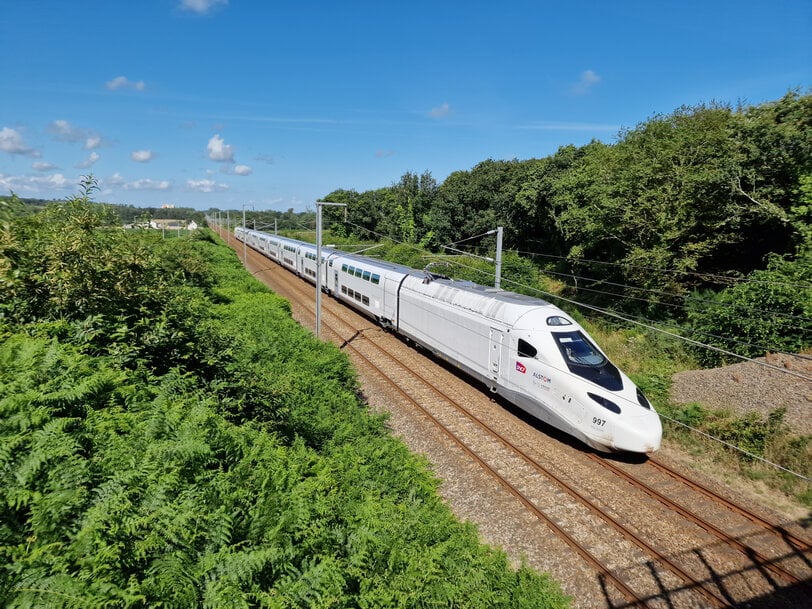CER Calls for bold EU action in new High-Speed Rail Master Plan
The Community of European Railway and Infrastructure Companies (CER) has today published its comprehensive input to the European Commission’s forthcoming Action Plan for high-speed rail (HSR) in Europe.
www.cer.be

The Position Paper presents a clear vision and actionable roadmap for delivering a continent-wide HSR network that connects all EU capitals and major cities. Time-saving, climate-smart, and convenient, HSR is increasingly in demand for long-distance travel and has the potential to transform European mobility. When integrated with regional and local networks, HSR becomes the backbone of a seamless, modern, and inclusive transport system.
As Europe faces the dual challenge of cutting emissions and boosting resilience, HSR offers a strategic solution. Fast, comfortable, and climate-friendly, HSR is already the preferred choice for many long-distance travellers. With the right investment and political commitment, it could carry over half (54%) of Europe’s long-distance passengers by 2070, according to recent studies. The benefits of HSR go far beyond passenger mobility: it frees up conventional rail capacity for freight and regional services, connects people and regions, and supports the goals of the European Green Deal.
CER’s paper outlines key measures to unlock this potential, starting with a dedicated EU funding envelope for HSR in the next Multiannual Financial Framework. It calls for a stronger role for public investment, complemented where appropriate by private capital through innovative mechanisms such as Public-Private Partnerships (PPPs), Regulatory Asset Base (RAB) models, and cross-financing. One of the biggest hurdles for international high-speed rail services is compatibility across borders. To ensure seamless cross-border travel, the paper calls for key measures to ensure interoperability for new HSR lines:
accelerated deployment of the European Rail Traffic Management System (ERTMS), harmonisation of national rules, and frictionless international ticketing. CER members are already leading in this area through the CER Ticketing Roadmap and tools like the Open Sales and Distribution Model (OSDM).
The paper further highlights the need to level the playing field between transport modes, pointing to persistent imbalances in taxation and infrastructure costs between rail, air, and road transport.
CER Executive Director Alberto Mazzola said: “With the right regulatory and financial framework, high-speed rail can be not only commercially viable, but also a cornerstone of a competitive, stronger, greener, and more connected Europe, as underlined in the recent Letta Report. The rail sector supports the EU’s ambition to triple high-speed rail traffic by 2050 and will continue to help shape a cohesive and achievable European High-Speed Rail Master Plan.”
The full position paper "A High-Speed Rail Master Plan for Europe" can be found here.
www.cer.be

